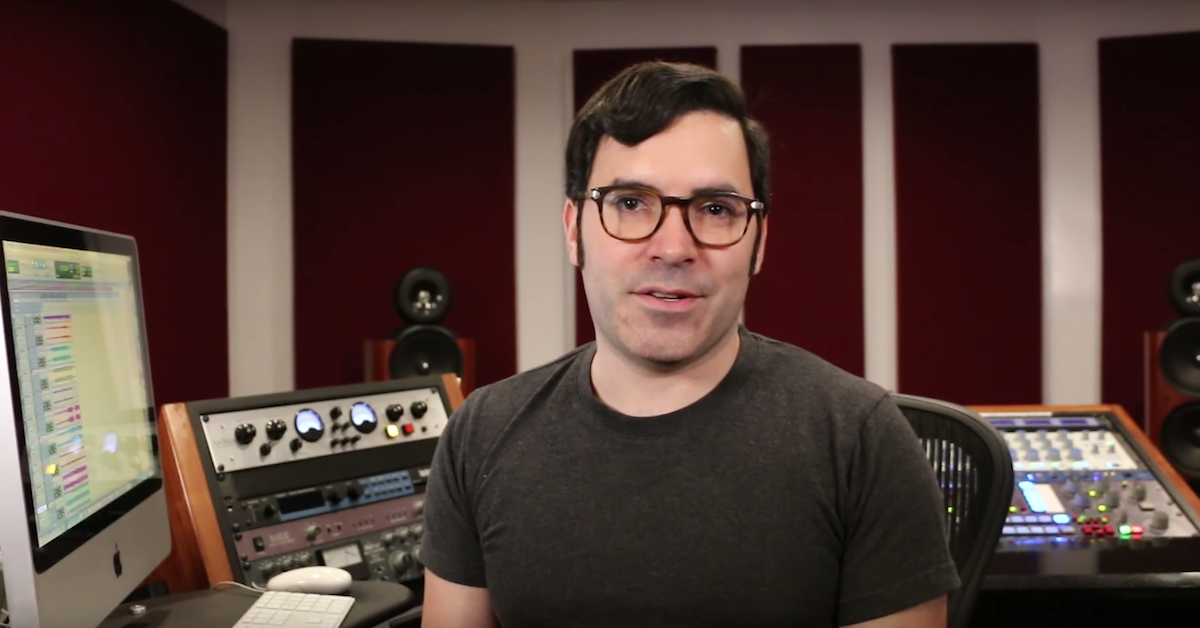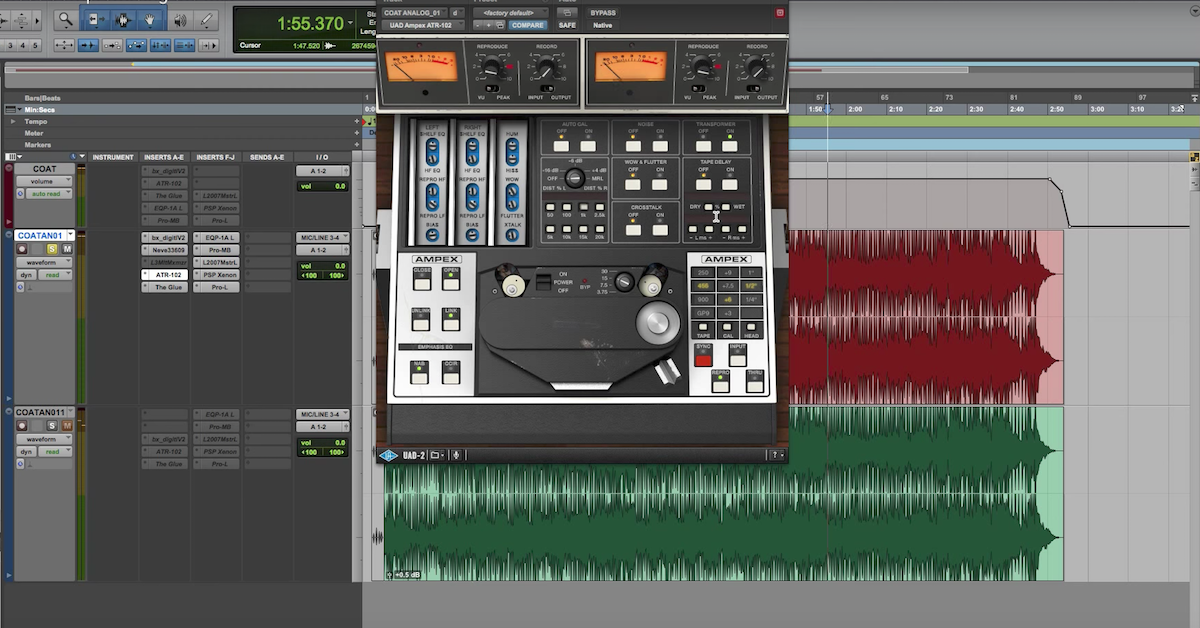Mastering as Another Mix Layer
Article Content
I often hear the question (especially from non-engineers), “why do I need mastering?” This question is puzzling on many layers, but let’s break it down philosophically:
- Does your mix sound radio-ready after you’re done mixing?
- Does your mix fit harmonically and dynamically with the other mixes (on an album)?
- Have you thought about how your audience is going to respond to the mix (especially as compared to the other mixes on an album)?
- Are you prepared to backup, store, and save all relevant masters and archives needed for replication and long-term storage?
These are all very important things to consider about commercial releases and if you are in any way unsure about the answers to any of these questions, those are the areas you should focus on.
Mastering is often seen as a daunting process, full of mystery and ambiguity as to how it actually contributes to the recording process. Once one actually becomes acquainted with the finer details of the mastering process, it becomes abundantly clear that it is as important and meaningful as any other process one might undergo with audio (it just isn’t as immediately recognizable).
Signal Flow
In my experiences, my signal flow for a mastering project usually ends up as follows:
- Initial Low-End EQ – This should be a stereo EQ that most likely has sweepable parameters and control, provides a lot of options for “leveling” the low-end of a mix.
- Initial Low-End Compression – This should be a stereo compressor that you know and trust, especially for slow attack and release times (for dealing with long waveforms – low end).
- Initial High-End Compression – This should be a stereo compressor that you know and trust, and that has reliable low compression ratios, reliable fast-attack/release times and most often a PDR option for varying release times.
- High-End EQ/ Low-End Management – This should be a stereo EQ that is specifically “sharp” sounding (able to cut or boost tight bandwidths efficiently) and should also have a fairly large frequency range.
- Limiting – In my process, this is most often the L1+Maximizer plug-in due to its built in dither and easy accessibility. This can be any stereo limiter that you really trust to polish the final tone of the album (as well as achieve absolute level).
All of these steps in the signal-chain are open and flexible in terms preference. They can be rearranged or substituted with other things. The pre-masters (prints of the EQ and Compression without limiting at the original session bit depths and samples rates) are usually separated from the final Masters (16-bit, 44.1 kHz bounces of the pre-mastered tracks with limiting), which are radio-ready.
Here is why I have chosen the signal-chain shown above:
Pre-Masters:
- The Low-End EQ (1) allows you to manage and control the bass frequencies in a track before they encounter any kind of compression. I often find myself working with a bell between 150-400 Hz and a low shelf at 300Hz. This allows me to find the fundamental of the bass (with the bell) and control its overall pre-compression level and harmonic character. Then, I will use the shelf to control the broad level of the whole low end in relation to the forefront of the low-end, the bass (or equivalent).
- The Low-End Compression (2) allows you to then manage and control the overall tonal character of the low end. Depending upon the release and attack times used, you can target specific frequencies and the overall rhythm (pump–push and pull) of the low end. You are in control of how the low-end rhythm of the song feels! That’s amazing control.
- The High-End Compression (3) (immediately following the low-end compression) isolates a specific part of the chain as compression. The fast attack and release times (possibly PDR) with a low ratio (1:1, 1.5:1) allow the low end compression to be little affected, much as the high end is not affected by the low-end compression. This gives you finer control over the high-end tonal character of the mix immediately following the low-end compression. This compressor gives the same control over the rhythm and envelope of the higher frequencies as the Low-End Compression (2) did for the lower frequencies.
- The High-End EQ (4) is more like a final post-compression EQ, meaning it can not only focus on the higher frequencies in the mix, but as a broadband fine-tuner (with narrow Q-widths and distinct, phase-coherent stereo frequency isolation). This polishes the overall mix and gives it a character “bite,” at which point it becomes your discretion as to how “sharp” or aggressive you want to be with certain frequencies.
The combination of these elements constitutes my pre-mastering process. The way these components are approached, combined, and varied will give each mastering engineer his or her characteristic sound.
The Limiter should be placed on the buss-master during the pre-mastering process to monitor the tonal character of the limiter processing and its overall affect on the tonal character of the pre-masters.
Masters
Although Limiting (5) seems rather harmless, it can be devastating to a master in seemingly slight ways. It is very important to consider apparent loudness versus actual loudness and what the audience would expect. Also, consider the harmonic and rhythmic effects of limiting. Even if you’re not sure exactly what you’re doing, listen for rhythmic, harmonic, and loudness changes as a result of what you’re doing. When broken down into these simpler components it becomes easier to digest and assess. These are simple concepts that the audience will listening for, so it is best to consider them anyway.






